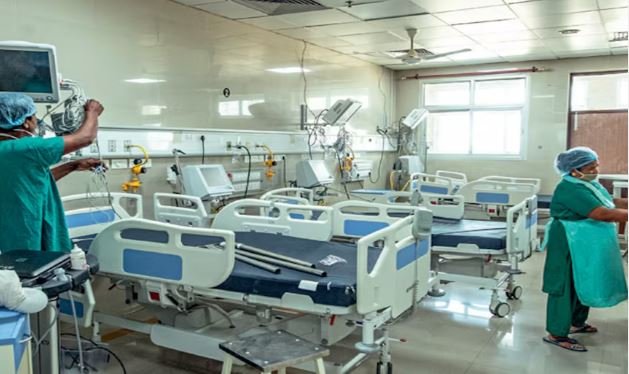The medical education landscape in the regions of Jammu and Srinagar is undergoing a revolutionary transformation. The recently accorded sanction to implementation of a 3-tier faculty structure in the Government Medical Colleges (GMCs) of these regions marks a significant step forward in both educational reform and healthcare delivery.
Medical education in India has long grappled with the challenge of maintaining high standards amidst rapid expansion. The National Medical Commission (NMC), the apex body governing medical education in India, has continually evolved its guidelines to ensure that medical colleges across the country adhere to stringent norms of faculty qualifications and structures. In 2009, the NMC mandated a 3-tier faculty structure comprising Professors, Associate Professors, and Assistant Professors, eliminating the designation of Lecturer. This reform aimed to standardize faculty roles, improve the quality of teaching, and ensure that medical institutions were staffed with adequately qualified professionals. Despite these guidelines, GMCs in Jammu and Srinagar continued to operate under a 4-tier system, retaining the post of Lecturer. This discrepancy not only created a disconnect with national norms but also led to inefficiencies in faculty utilization and challenges in meeting accreditation standards during inspections by the NMC. Recognizing these issues, the Jammu & Kashmir government has taken a decisive step to restructure the faculty hierarchy in these premier institutions, thereby aligning with the NMC norms and paving the way for enhanced academic and clinical outcomes. The crux of the reform involves the up gradation and re-designation of 287 Lecturers to Assistant Professors, thereby abolishing the Lecturer position altogether. Additionally, the implementation includes the creation of 136 new posts at the Associate Professor and Professor levels. This structural overhaul is designed to streamline the faculty hierarchy, foster a more robust academic environment, and improve patient care services.
The shift to a 3-tier faculty structure is expected to significantly enhance the quality of teaching in GMCs. With the abolition of the Lecturer post, the entry-level position is now Assistant Professor, which typically requires a higher qualification and greater experience. This ensures that students are taught by individuals who not only possess advanced academic credentials but also have substantial clinical and teaching experience. Assistant Professors, being the entry-level faculty, are more likely to engage in innovative teaching methods and bring fresh perspectives to medical education. Their active involvement in both teaching and research will invigorate the academic environment, fostering a culture of continuous learning and professional development. This is crucial for medical students who require exposure to the latest advancements in medical science and technology. By implementing the 3-tier faculty structure, GMCs in Jammu and Srinagar are now in alignment with the NMC’s Teachers Eligibility Qualifications in Medical Institutions Regulations, 2022. This alignment is critical for several reasons. Firstly, it ensures that these institutions meet the required standards during NMC inspections, which is essential for accreditation and recognition. Secondly, it facilitates better integration with other medical institutions across the country, promoting collaborative research and academic exchange programs. By increasing the number of senior faculty members, the reform ensures that patients receive care from highly qualified and experienced professionals. Enhanced faculty presence also means better mentorship and training for medical students and junior doctors, translating into improved patient care outcomes.
To ensure the successful implementation and sustained impact of the 3-tier faculty structure in the GMCs of Jammu and Srinagar, the Jammu & Kashmir government should consider several strategic measures. First, continuous professional development programs for faculty should be prioritized, offering regular training and workshops to keep them updated with the latest advancements in medical education and clinical practice. Second, an effective recruitment strategy is essential, one that not only attracts top-tier talent but also retains them through competitive salaries and incentives, fostering a supportive work environment. Third, a robust infrastructure development plan should be put in place to support the expanded faculty roles and increased student intake, ensuring state-of-the-art classrooms, laboratories, and clinical facilities. Fourth, the government should encourage collaborative research by providing grants and fostering partnerships with national and international medical institutions, thereby enhancing the academic and research profile of the GMCs. Finally, integrating community health initiatives into the academic framework will not only improve public health outcomes but also provide practical exposure for students, preparing them for real-world challenges. By addressing these areas, the Jammu & Kashmir government can ensure that the 3-tier faculty structure reform achieves its full potential, transforming medical education and healthcare in the region.




